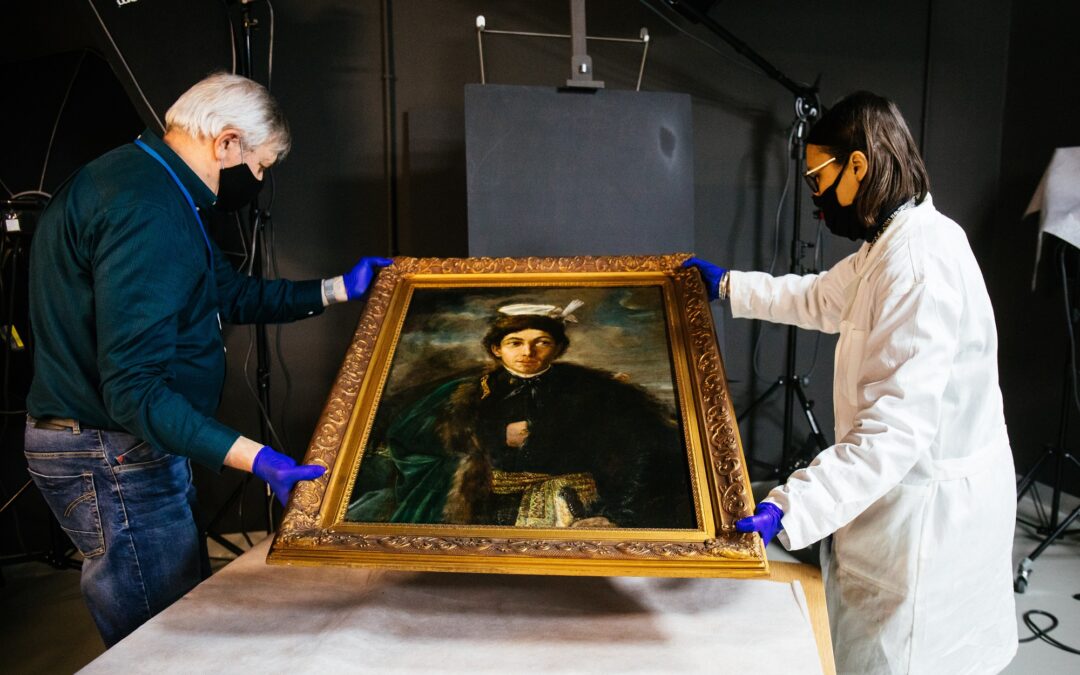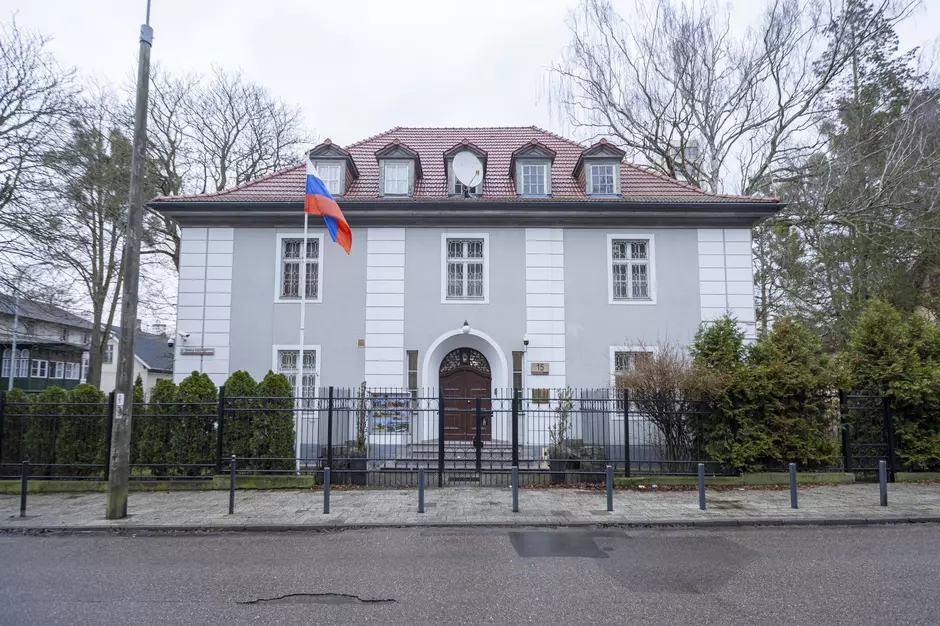A valuable work by a leading 19th century Polish-Jewish artist – which for decades was thought to be lost – will once again be displayed in Poland after being discovered in storage in New York.
The painting, an oil-on-canvas self-portrait by Maurycy Gottlieb, was recently purchased at auction by an anonymous buyer for 2.7 million zloty (€600,000). He has now deposited it at the POLIN Museum of the History of Polish Jews in Warsaw, where it will be shown in public for the first time in over a century.
Gottlieb was known as one of the most talented students of Poland’s most renowned painter, Jan Matejko. Though he died at the age of just 23 in 1879, Gottlieb left behind a large number of works, many of which interwove Polish and Jewish themes.
Jan Matejko's famous portrait of Nicolaus Copernicus will be shown in the UK for the first time.
It will be part of an exhibition at the @NationalGallery introducing British audiences to the work of Matejko, who is regarded as Poland's "national painter" https://t.co/T1lwBAWUkL
— Notes from Poland 🇵🇱 (@notesfrompoland) November 23, 2020
One piece thought to have been lost was his Self-portrait in Polish nobleman’s dress (1874). It had been owned by a Jakob Felsen in Vienna until 1936, before going to another private collection in the United States.
But the painting’s subsequent whereabouts were a “mystery” for decades, says POLIN. Then, in 2009, Juliusz Windorbski, head of Warsaw auction house Desa Unicum, came across it in storage in New York, where it had been bought by an American collector at auction some years earlier.
After years of effort, Windorbski persuaded the owner to return it in Poland. It was auctioned in Warsaw last year, selling for 2.65 million zloty to an unidentified Polish collector.
The owner has now given it as a “long-term deposit” to the museum, says POLIN spokeswoman Marta Dziewulska. After conservation and digitisation, the painting will go on public display in the second half of 2021.
Gottlieb already features in the museum’s permanent exhibition, which tells the story of Jews’ 1,000 years of history in Polish lands. He is included in a section devoted to assimilationist tendencies among Polish Jews in 1772-1914, the period when Poland was partitioned between Russia, Austria and Prussia.
“I am a Pole and a Jew and, if God allows, I want to work for both,” wrote Gottlieb in a letter. “How gladly I would eliminate the hatred…How gladly I would reconcile Poles with Jews. After all, the history of both nations is one of suffering.”
Gottlieb’s self-portrait, and his choice of clothing in it, exemplifies his identity, says Renata Piątkowska, chief curator at POLIN: “it was a kind of declaration. Gottlieb identified Poland with the nobility and that is why he chose this costume, to prove his belonging to the Polish nation.”
Szyk, a fascinating character who saw himself as both a Polish patriot and a Jewish Zionist, produced a large amount of anti-Nazi propaganda during the war, when he lived in Britain and the US. Some great examples here https://t.co/SlIJCecvUW
— Notes from Poland 🇵🇱 (@notesfrompoland) April 19, 2019
“The history of the life and work of Maurycy Gottlieb shows how important this process [of assimilation] was for many Polish Jews…[and] for Polish society,” continues Piątkowska. “Like everyone else [under the partitions], they found themselves in a new situation, when Jews ceased to be a separate caste and became part of Polish society.”
Gottlieb was born in what is now Drohobych in Ukraine, but was then part of the Austrian partition. He grew up speaking and studying in German, only starting to use Polish when studying under Matejko in Kraków, says Piątkowska.
His time at the city’s Academy of Fine Arts was, however, blighted by the antisemitic attitude of colleagues (though not Matejko), leading him to leave to study in Munich. He later returned to Kraków, where, after his premature death, he was buried in the city’s New Jewish Cemetery.
Main image credit: Muzeum POLIN/YouTube

Daniel Tilles is editor-in-chief of Notes from Poland. He has written on Polish affairs for a wide range of publications, including Foreign Policy, POLITICO Europe, EUobserver and Dziennik Gazeta Prawna.




















